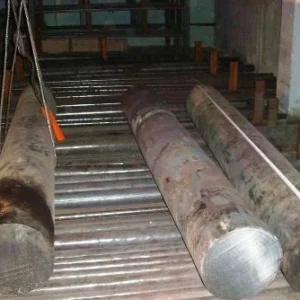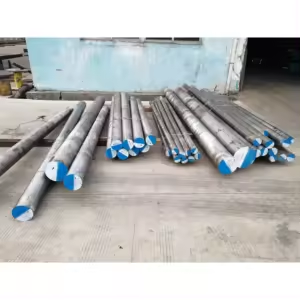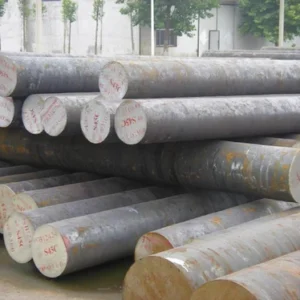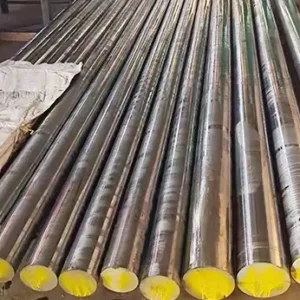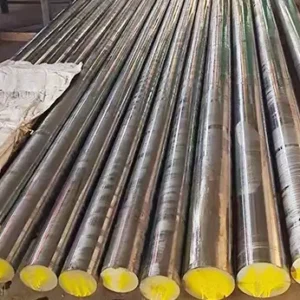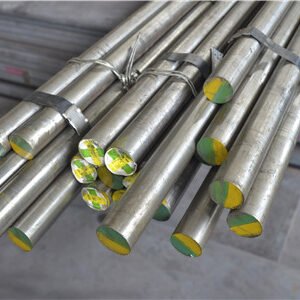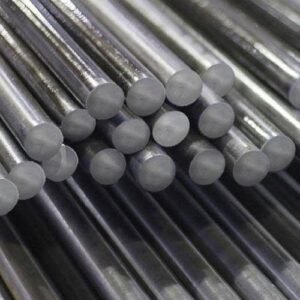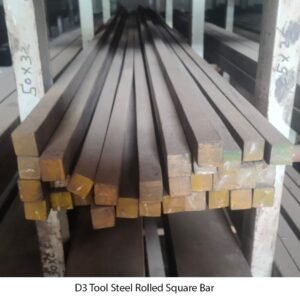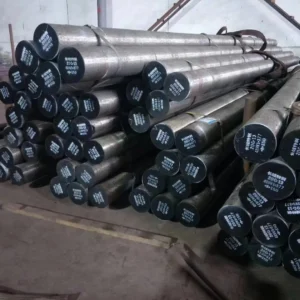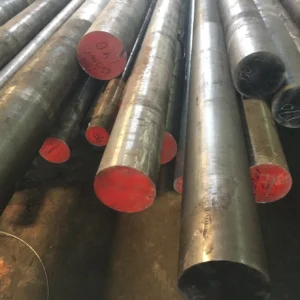Tool Steels: Grades and Applications
Tool steels are a group of carbon and alloy steels designed for making tools. They are characterized by high hardness, resistance to abrasion, and the ability to hold a cutting edge. Tool steels are classified into several grades, each suited for specific applications. This guide will provide an in-depth look at various tool steel grades and their typical applications.
What Are Tool Steels?
Tool steels are essential materials in manufacturing, often used to make tools for shaping, cutting, and molding metals and other materials. They are known for their superior hardness, wear resistance, and ability to withstand high temperatures.
Key Properties of Tool Steels
- High Hardness: Ability to withstand wear and deformation.
- Wear Resistance: Resistance to abrasion and scratching.
- Toughness: Ability to absorb energy and resist fracturing.
- Heat Resistance: Maintains strength at elevated temperatures.
Common Grades of Tool Steels
| Grade | Type | Composition | Typical Applications |
|---|---|---|---|
| A2 | Air-Hardening | 1.0% C, 5.0% Cr, 1.0% Mo | General purpose tools, dies, and blades |
| D2 | Cold Work | 1.5% C, 12.0% Cr, 0.9% Mo | Cutting tools, dies for blanking and forming |
| O1 | Oil-Hardening | 0.9% C, 1.0% Cr, 1.0% Mn | Jigs, fixtures, and general-purpose tools |
| M2 | High-Speed Steel | 0.9% C, 4.0% Cr, 6.0% W, 5.0% Mo | Drill bits, milling cutters, and taps |
| S7 | Shock-Resistant | 0.5% C, 5.5% Cr, 1.5% Mo, 0.5% V | Chisels, hammers, and tooling subjected to impact |
| H13 | Hot Work | 0.4% C, 5.0% Cr, 1.5% Mo, 1.0% V | Hot forging dies, extrusion dies, and plastic molds |
| P20 | Plastic Molding | 0.4% C, 1.5% Cr, 0.4% Ni | Molds for plastic injection and blow molding |
| T1 | High-Speed Steel | 0.7% C, 4.0% Cr, 18.0% W | Cutting tools for high-speed machining |
Detailed Applications of Tool Steel Grades
1. A2 Tool Steel
- Applications: General purpose tools, dies, and blades.
- Characteristics: Excellent wear resistance and toughness; suitable for applications requiring high impact strength.
2. D2 Tool Steel
- Applications: Cutting tools, dies for blanking, and forming.
- Characteristics: High wear resistance and edge retention; ideal for applications where sharpness is critical.
3. O1 Tool Steel
- Applications: Jigs, fixtures, and general-purpose tools.
- Characteristics: Good toughness and stability; easy to machine and heat treat.
4. M2 Tool Steel
- Applications: Drill bits, milling cutters, and taps.
- Characteristics: Retains hardness at high temperatures; suitable for high-speed applications.
5. S7 Tool Steel
- Applications: Chisels, hammers, and tooling subjected to impact.
- Characteristics: Excellent toughness and shock resistance; can absorb significant energy without fracturing.
6. H13 Tool Steel
- Applications: Hot forging dies, extrusion dies, and plastic molds.
- Characteristics: Retains hardness at high temperatures; resistant to thermal fatigue.
7. P20 Tool Steel
- Applications: Molds for plastic injection and blow molding.
- Characteristics: Good machinability and polishability; commonly used for producing high-quality plastic parts.
8. T1 Tool Steel
- Applications: Cutting tools for high-speed machining.
- Characteristics: High wear resistance and toughness; ideal for tools operating at elevated speeds.


